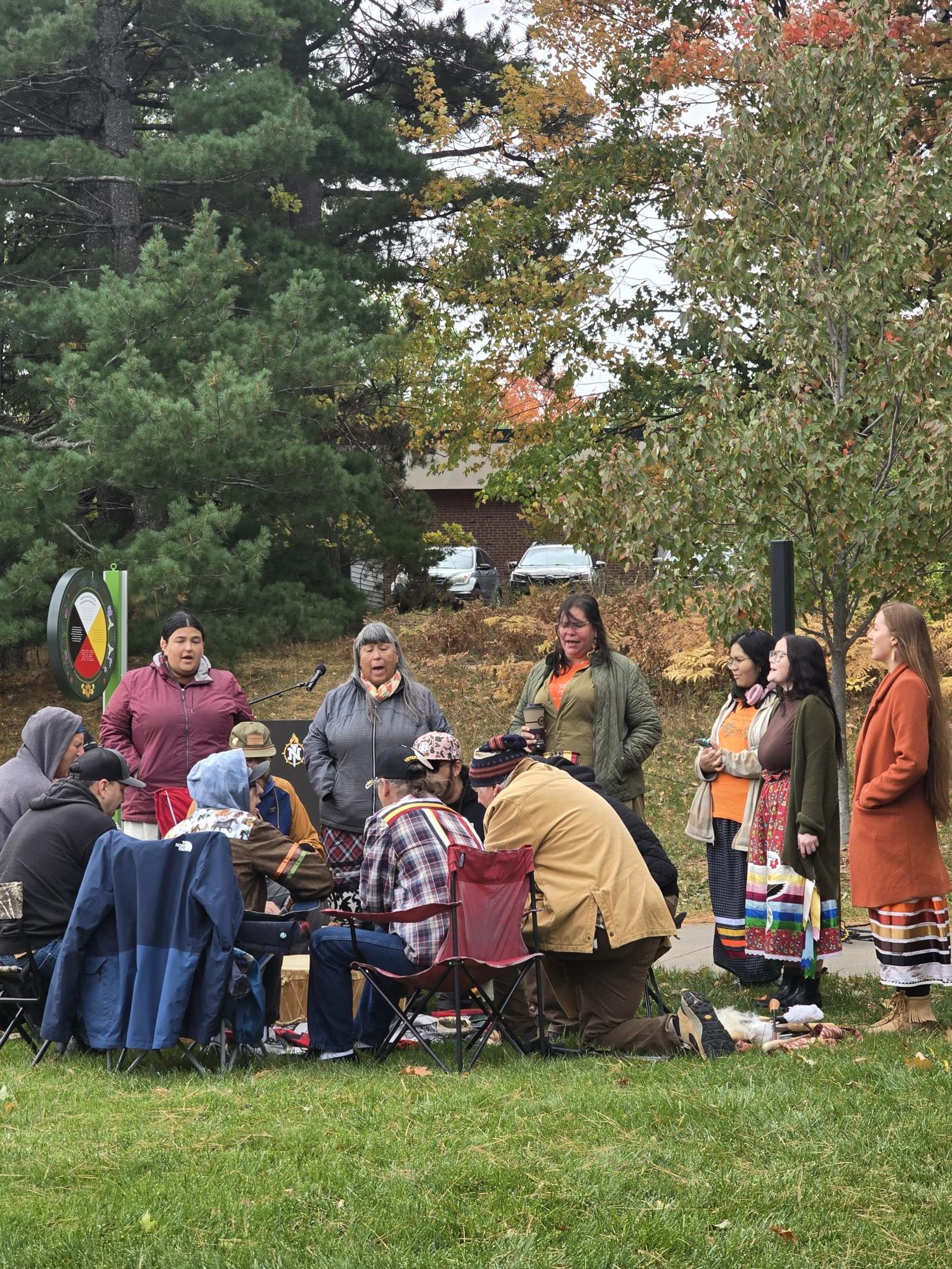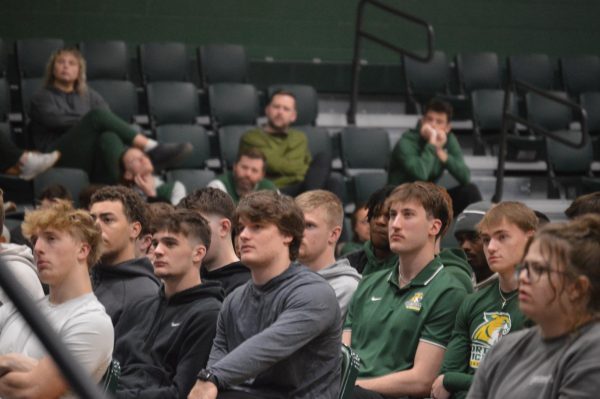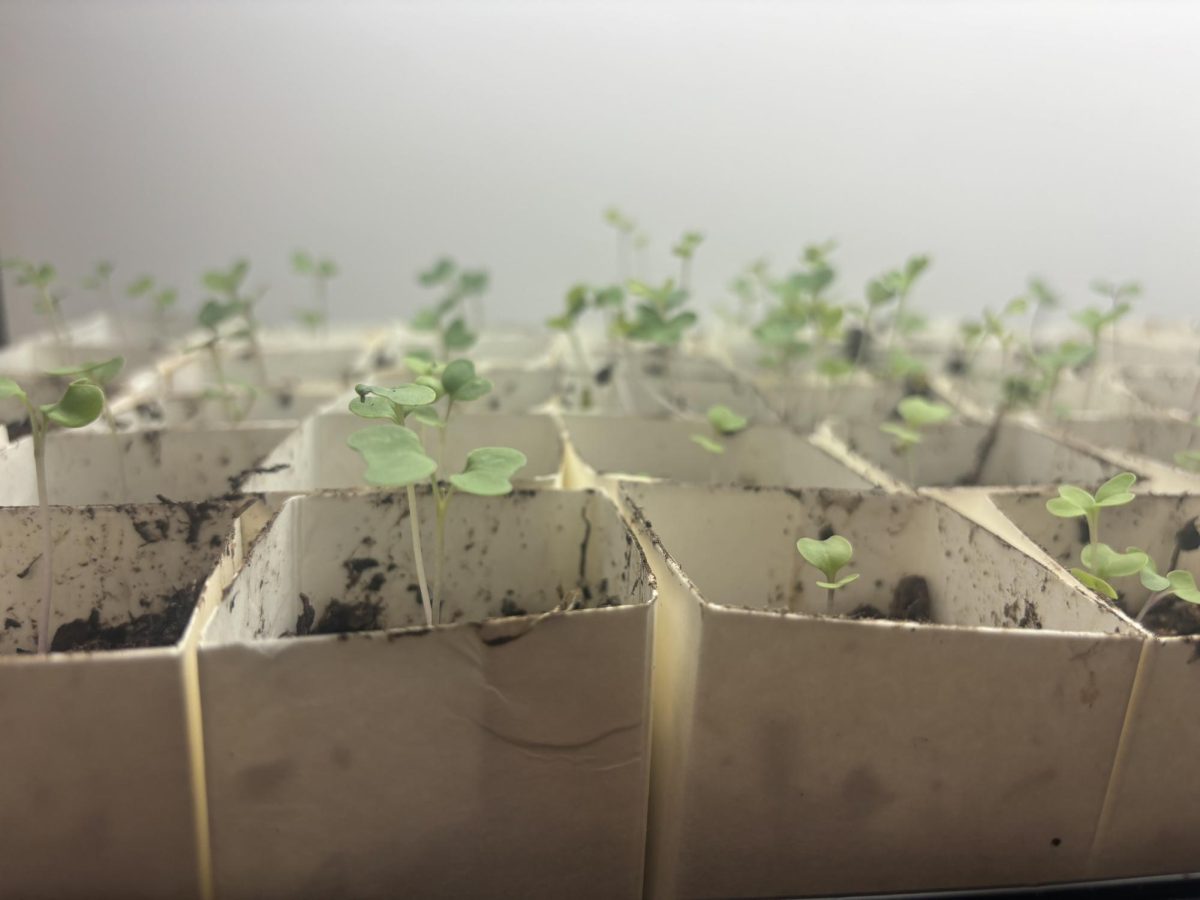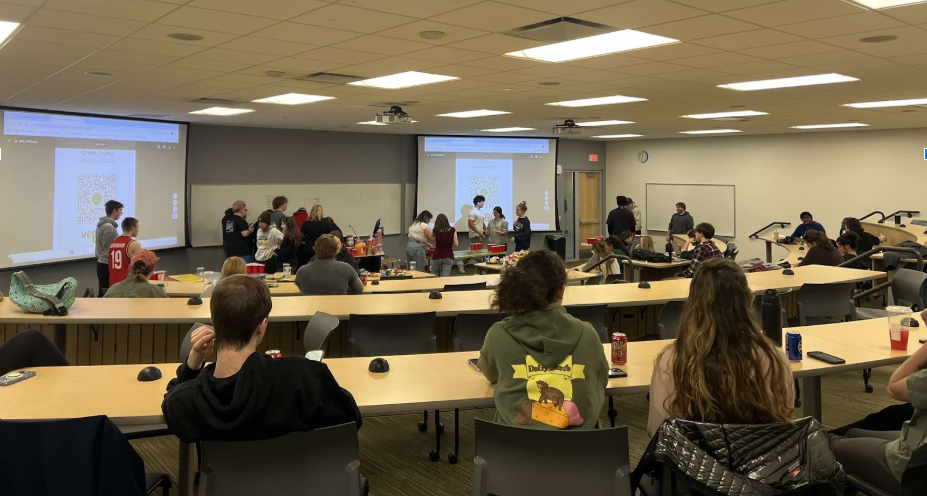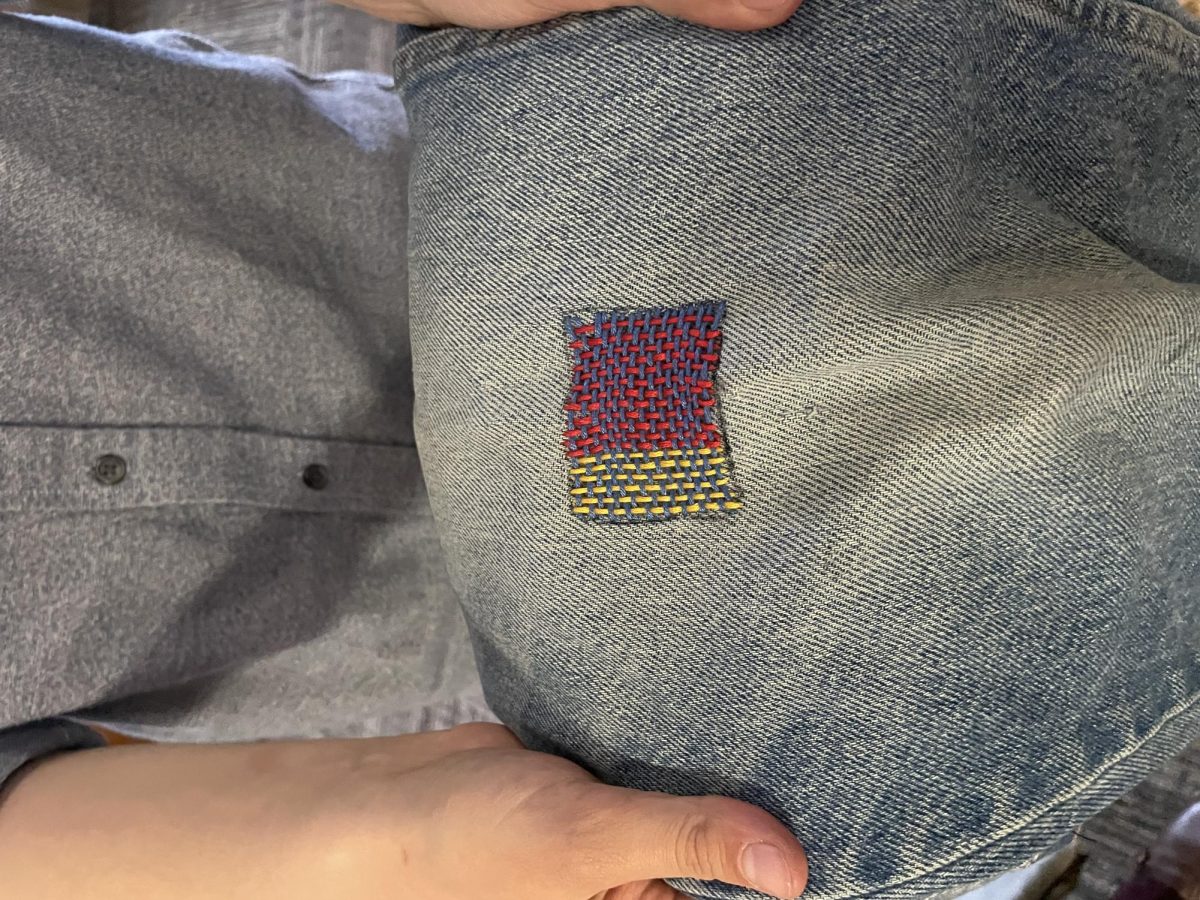For hundreds of years, the governments of the Americas have committed themselves to the genocide of Indigenous peoples both physically and culturally. For generations, children were taken from their homes, had their identities erased, were submitted to corporal punishment for speaking their native languages and were forced to assimilate into American society.
Indigenous Peoples’ Day is a chance to recognize those who have lived in harmony with these lands for thousands of years.
“This is a chance to remember your rights as an Indigenous person. This is your chance to learn about the rights of Indigenous people guaranteed by the United Nations and the declaration of United Nations Indigenous rights,” Director of NMU’s Native American Studies department Tyler Dettloff said. “And this is a chance to celebrate the land, the water, the things that make us share Indigenous Peoples’ Day with each other. We’re sharing this time to be intentional and hopefully draw attention to Indigenous people who steward the land, protect the water and bring the community together to make something more than individuals, but big enough to sustain spirit.”
Dettloff says this day is not just about learning about the trials and hardships Indigenous communities have been put through, but also about celebrating their heritage. Indigenous peoples celebrate the day with plenty of singing and drumming representing the heartbeat of those present.
NMU’s event began on a cold blustery morning at the medicine wheel, also known as the land acknowledgement sign at the center of campus. The Teal Lake Singers performed several songs to welcome the morning as they pounded their drum.
“What you’re hearing right now is our traditional drum and singing, and these are our prayers. This is the essence of who we are as a people,” Miskwabineshikwe, President of the Native American Students Association (NASA) Shelby Boggs said. “We are taught that the drum is the heartbeat of our people, so we gather around it to remind ourselves of the heartbeat within our chest.”
Dettloff shared a pamphlet describing the injustices Indigenous communities have faced for centuries, some even continuing to this day.
To follow through on the intention of creating a space for Indigenous students, faculty and communities at NMU, plans for the site of the land acknowledgment sign to be developed into a space for Indigenous-based education are currently under discussion. The working title for the space is the Land Stewardship Lab, the “Lab” portion of which is an acronym for Learning Anishinaabe Bimaadiziwin (life).
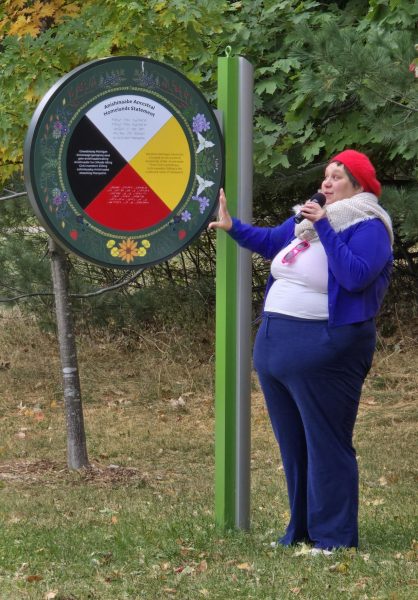
Vera Ergeson, Noden Kwe, of the Forest County Potawatomi took the initiative to explain the meaning and message behind the art of the land acknowledgement sign.
“This is Indigenous intelligence. This is seven generations of wisdom, of knowledge,” Ergeson said.
Each season is represented on the sign with a different plant that blooms at that time. The circular shape of the wheel is used in many different practices, from art to medicine, to represent the changing of seasons and the changing of life itself. It is a reflection of generations of Indigenous knowledge and will be passed on to future generations.
The audience of students, faculty and community members followed members of NASA to the ceremonial site in the woods between Whitman Hall and the faculty parking lot. The site is in the midst of construction for a new pavilion that will cover the fire pit and allow for more opportunities to conduct ceremonies there.
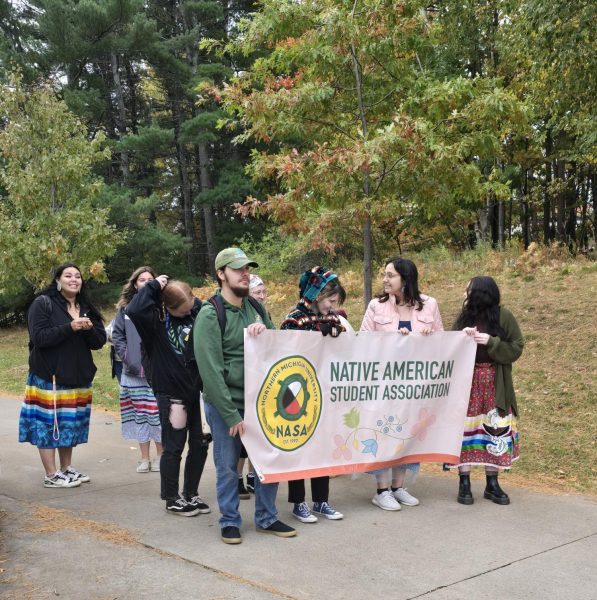
The cameras were turned off and the group gathered around to share experiences and stories encompassing their culture and heritage. Many shared heartfelt stories about the past going as far back as 60 years ago and their experiences with racism and horrors of boarding school. The group embraced each other, and by the end, warmth was felt even without the fire.
Students who want to be a part of a space that cultivates healing and celebration of Indigenous culture can join NASA at their biweekly meetings on Thursdays in Whitman 142.
“I hope that today is not the only day that you remember and think about Indigenous peoples,” Boggs said. “I hope you can find time within your busy life to educate yourself on the history and existence of your local tribe.”

